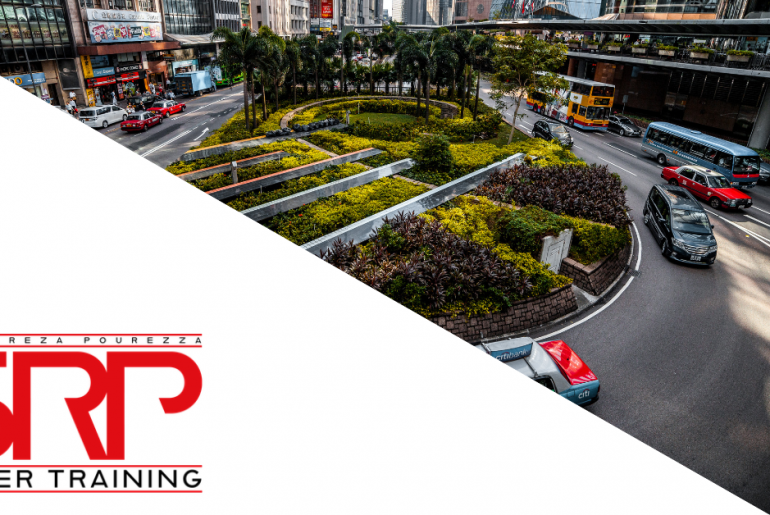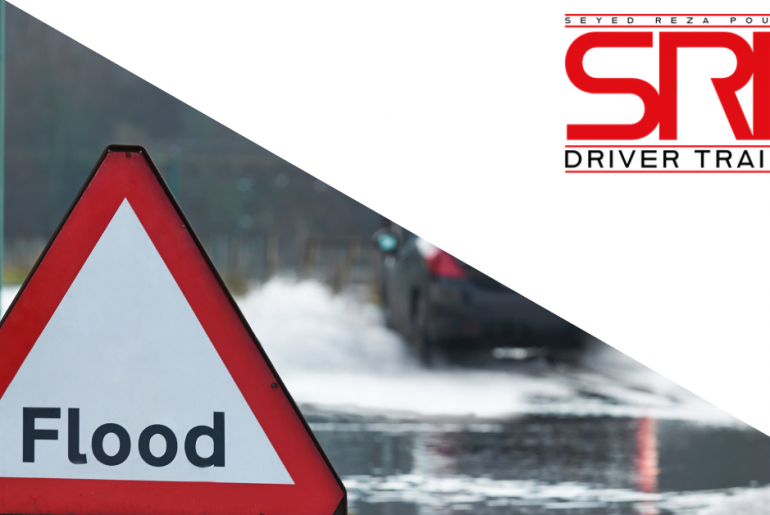We have hybrid, we have electric, we have petrol and diesel. All come with an automatic gearbox. So why would you bother to learn how to drive a manual car? The fact is, even with the imminent departure of pure petrol or diesel cars as an option for new car buyers, manual is still king with learner drivers.
Here are some reasons why.
Cost: Manual cars are cheaper to buy.
A quick search of AutoTrader tells the tale. For this search I’ve selected a MINI Cooper, one of the more popular cars for a newly qualified driver. The search criteria are the same, MINI, Hatch, Cooper, upto £10,000 within 50 miles of the Bowshaw pub in Sheffield.
Lets look at the results:
Manual
- MINI Cooper 1.5 Petrol Manual 3 door.
- 2017/67 Registered
- Air-Conditioning
- Bluetooth and DAB
- Grey
- 38,700 miles
- Private Seller
£9,850
Automatic
- MINI Cooper 1.5 Petrol Auto 3 Door
- 2014/64 Registered
- Air-Conditioning
- Satnav, Bluetooth and DAB
- Green
- 39,189 miles
- Private Seller
£10,000
Yes, the automatic MINI has slightly better specification, its got SatNav while the manual doesn’t. The automatic is also 3 years older and £150 more. With the evidence as starkly presented as that, it’s pretty clear that you get more bang for your buck when you buy a manual car.
Ease: Automatic is easier isn’t it?
Yes, and no. The basics of learning to drive are easier in an automatic because you don’t have a clutch pedal to worry about. However, you will spend your early lessons working with your instructor to master that clutch pedal. You will learn, usually quite quickly, to control the clutch. Once you’ve got the hang of it, setting off in a manual car is much the same as in an automatic. It’s all about the right amount of accelerator.
So while yes, the first lessons are easier in an automatic, the follow on lessons are no different. You are still dealing with the same roads, the same traffic, the same pedestrians and other road users. The skills of a good driver develop at the same rate in a manual driver as in an automatic one.
Later on you’ll find manual helps you with some tasks. Automatic learners are much more likely to have issues controlling speed for example, because the car selects the right gear for you, you don’t have to make a conscious decision to shift into a higher gear. That means that the car can keep on accelerating, it doesn’t bump into the rev limiter and stop going faster.
This is even more of an issue in electric cars and hybrids. That’s because in a manual car, you can hear the engine but in an electrified car you can’t. It’s much harder to judge your speed in these newer cars.

Career Prospects: You need a manual for some jobs.
This is true. If you aspire to be a paramedic for example, you need a manual driving licence. If you want to be a racing driver, manual really does help. The same is true of a lot of leisure activities. Track days and supercar experiences all tend to have at least some of their fleets as manual cars.
Also, if you want to be a driving instructor one day, you’ll probably want to learn in a manual car. Even if you plan on teaching in an automatic, knowing the differences and how cars work is important.
Then there are the vast fleets of company vans out there. Yes, a lot have gone electric or hybrid, so there are a decent supply of automatic vans out there now but unless you are going to work for a big company, you’ll probably end up in a manual van. Trucks and busses are a bit different but getting a manual licence means you can become a truck driver learning in an auto, then go to work for a company with a manual lorry.
Then there are other travelling jobs. Care work for example: A huge part of the Sheffield council social care fleet are manual only cars.
Manual opens doors.
But isn’t manual dying off? What’s the point?
It is true that manual cars are dying. Regulations will prohibit the sale of non-hybrid or electric vehicles from 2030 and then further ban hybrids from 2035. At least that’s the plan. Germany is fighting a battle in Europe to keep hybrid vehicles on sale past that date and if they are successful then the 2035 cut off is gone.
So what are we saying here? In 2030 you won’t be able to get a non-hybrid car. Just because production is over, that doesn’t mean that you won’t be able to get one. Firstly, on the last day that a manufacturer can register a pure combustion car, they will have their dealers register every unsold car in their inventory.
This means that if you go into the dealership after this date, you will get an absolute bargain on an unused, one owner car. Basically a brand new car at a substantial discount. You can still drive this car until it’s no longer roadworthy and it’s not worth fixing it.
The average life of a car is, according to the Society of Motor Manufacturers and Traders, pretty much 14 years. Thats an average; some will be written off on the way home from the dealership which will bring the number down, and any car written off in those 14 years reduces that average still further.
If I were to guess, I’d say you will still be able to buy a used manual car relatively easily in 2045. Thats 15 years after the ban on pure combustion cars comes in and 22 years from now. The average driver will get 55 years out of their driving licence. Your manual licence could last half of your driving career if you want it to.
Manual lessons are often cheaper and there are more instructors.
Lets start off at the end for this one. According to Carwow, 90% of the driving instructors in the UK offer manual lessons. Some offer both manual and automatic but thats 90% of the entire industry that’s catering to the manual market.
As a result, it’s going to be easier to find a manual instructor than an automatic one. It’s also going to cost less.
Manual driving lessons are, on average, cheaper than automatic lessons. One of the driving instructor finding websites did some work on this a while ago and looking at the most expensive lessons, there was a £5 an hour difference between manual and automatic.
The average learner driver, according to the DVSA, will take 47 hours of professional tuition. Thats £235.00 more to learn in an automatic compared to a manual car. You could have six more hours of lessons with SRP Driver Training in a manual for the cost of learning in an automatic.
So here is the advice. Give manual a try with SRP for three lessons. If you don’t like it or you aren’t getting on with the clutch, switch to automatic. You are still coming in better off than if you go automatic from the start!
OK, I’ve read your arguments. Sign me up.
Contact SRP Driver Training today to arrange a 2 hour assessment and first lesson. Together we can work through getting you settled in the car, comfortable and find out your level of ability. We can plan a programme of lessons designed around your specific needs and work together towards the goal of your driving licence.
As an added benefit, SRP Driver Training specialises in lessons in other languages. Get in touch today to learn with Sheffield’s only qualified driving instructor and Arabic, Dari, Farsi and Tajik translator.



